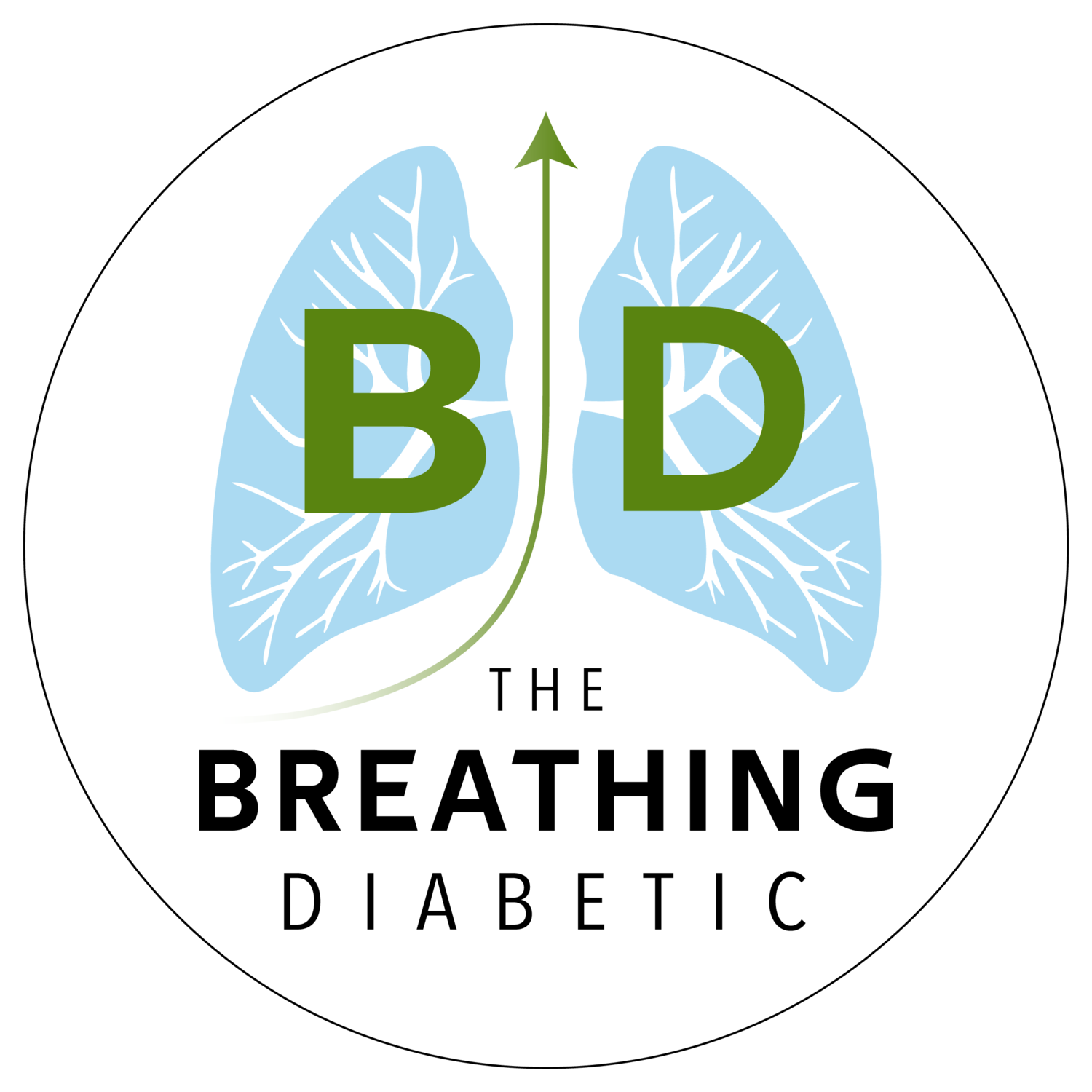Reading Time: 2 min 5 sec
I hope the next 25’ish breaths are the most nourishing of your day.
4 THOUGHTS
1. Aligning with Your Quiet, Still Center
“Approached consciously and with awareness, your breath also helps you relax, release stress, and align yourself with your quiet, still center. You can be anywhere, with any kind of stress or chaos, and your breath will always be there like the tides, moving in and out, connecting your mind to your body, and vice versa.”
– George Mumford, The Mindful Athlete
Just our periodic reminder of the power of the breath. Let’s make sure we use this power to align with our “quiet, still center” whenever we need it 🙏
2. It’s All Minor Tinkering Compared with This
“All the blandishments of modern sports science—altitude tents and heart-rate-variability tracking and bioengineered sports drinks and so on—amount to minor tinkering compared to the more elemental task of pushing your mind and body in training, day after day, for years.”
– Michael Joyner, found in Endure
This is about sports, but I think the same is true for contemplative practice. It’s informative (and honestly, just plain fun) to read all the science, track HRV, measure CO2, and so on. But all of this is just minor tinkering compared to the fundamental practice of sitting with our breath, day after day, for years upon years (upon years).
3. However You View It, It Works
“Whether you believe that this is evidence of a greater spiritual power or a global consciousness that we can connect with, given enough dedication, or whether you think of it as a biological phenomenon that makes you feel good, the important thing here is that, thanks to the way that your brainwaves synchronize with the rate at which you breathe, anyone can access this feeling for free. All you have to do is take control of your diaphragm and the intercostal muscles between your ribs.”
– Caroline Williams, Move
Yet another incredible benefit of breathing: Whether we view it through spirituality, science, or something in between, what ultimately matters is that it works. All we have to do is “take control of our diaphragm and intercostal muscles” and feel the benefits for ourselves 👏
4. The Great Secret of Long Life
“I will laugh and my life will be lengthened, for this is the great secret of long life.”
- Og Mandino
Just our weekly reminder that laughing (and not taking things too seriously) will always be the best breathing and mindfulness practice around 🙏
1 Quote
“It is easier to try to be better than you are than to be who you are.””
1 GOOD BOOK
Peak Mind by Amishi Jha, Ph.D.
This is an incredible book on attention and mindfulness from one of the world’s leading researchers on the topics. If you want to learn how attention actually works—and how to train it—this is a must-read.
P.S. My friend & mentor Paul Hunt recommended this book to me a couple of years ago—thanks, Paul! If you’d like to deepen your mindfulness practice, check out his MBSR course starting April 15.
In good breath,
Nick Heath, T1D, PhD
“Breathing is the compound interest of health & wellness.”
Enjoy these posts? Donate to say thanks!
P.S. I liked doing those…
The Breathing App for Diabetes
This is the first program specifically made for people with diabetes to help manage their stress through breathing and mindfulness practices. In addition to the amazing program inside the app, we have some really neat things coming up, so sign up now!
Amazon Associate Disclosure
I’ve been recommending books for almost 6 years. Yet somehow, I just discovered that I could be an Amazon affiliate [face-palm]. In any case better late than never. Now, any Amazon link you click is an affiliate link. As an Amazon Associate, I earn from qualifying purchases. So, if you’d like to support my work, buying books through these links is helpful : )
* An asterisk by a quote indicates that I listened to this book on Audible. Therefore, the quotation might not be correct, but is my best attempt at reproducing the punctuation based on the narrator’s pace, tone, and pauses.


